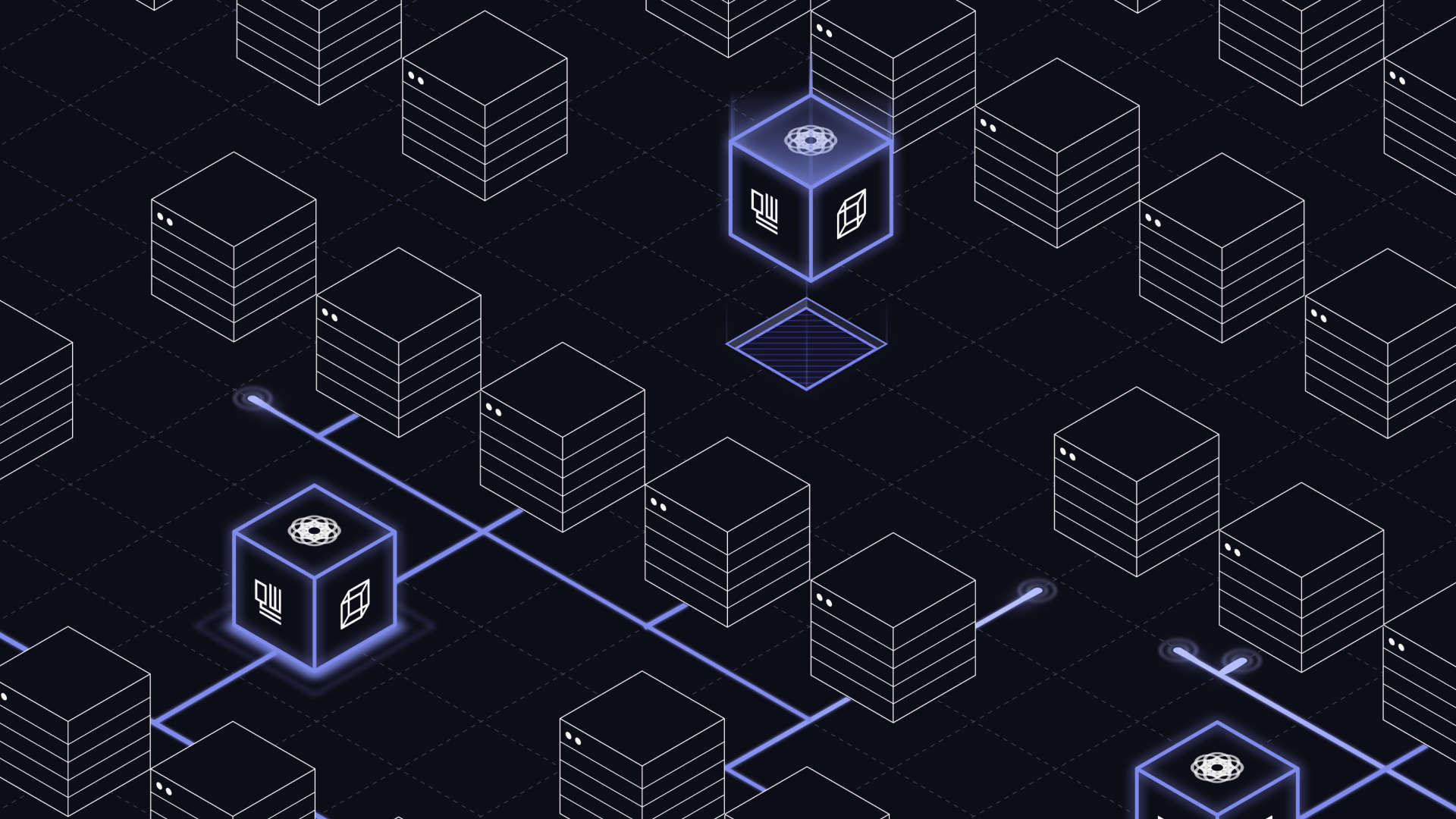Slepians smooth the way to quantum sensing

We know that quantum bits - the heart of quantum technology - are tricky beasts. They are sensitive, easily knocked out of their quantum state due to interference from the environment. 'Noise', as this is called, is something they do not deal well with. Things get even more sensitive when we consider maintaining 'entanglement' between qubits as well.
And so building a machine that relies on hundreds, thousands and eventually millions of qubits maintaining quantum coherence remains one of humanity's technological grand challenges. It's a challenge that we at Q-CTRL relish; our control solutions have a critical role to play in helping teams across the world improve the performance of their hardware.
Quantum technology means quantum sensing, too
Quantum technology, however, is not limited to quantum computing. The very thing that makes qubits difficult to sustain - their broadband coupling to the environment - also means they can work well as sensors.
Quantum sensors are emerging as a near-term application of quantum technology - possibly arriving much sooner than quantum computers will be ready for prime time. Using the exquisite sensitivity of qubits as a tool has broad application: in medical imaging, defense, and even minerals exploration. Subtle shifts in the Earth's magnetic field caused by a passing submarine, say, or the electromagnetic characteristics of certain biological processes can have a particular frequency signature - a fingerprint if you will.
A technique called noise spectroscopy can be used to detect and identify these signals, but this is not a straightforward process.
A qubit's sensitivity to noise means that, even if you are looking for a signal in a particular frequency region, sources outside your target frequency "band" affect your signal. Conventional control techniques used in quantum sensors result in qubit sensitivity over a very wide bandwidth, or frequency range. Hence, you can't be sure the signals you measure are coming from the source you are trying to detect.
This is called 'spectral leakage'. Harmonic 'pings' from outside your target bandwidth get picked up by your qubit and contaminate your attempts to characterize the noise. Such leakage is well known in classical signal processing and various techniques have been developed to combat it in data processing. Q-CTRL Quantum Control Engineer Virginia Frey has specialized in leveraging the mathematical techniques developed there for application in quantum signal processing - suppressing the effects of spectral leakage in quantum sensing.
Fundamental research she and her colleagues performed in the University of Sydney's quantum control laboratory has led to techniques that allow a user to directly adjust the frequency response of a quantum sensor. With collaborators at Dartmouth and Johns Hopkins APL, the team developed a mathematical formalism to synthesize new controls that are ideally suited for use in quantum sensing. Apply the correct controls to the qubit and it will only "hear" noise in a certain frequency range.
Which is just what you want.
These techniques now form the core of a Q-CTRL package tailored to noise spectroscopy for quantum computing based on so-called Slepians.
Slepians shape control pulses
Slepians are based on the work of US mathematician David Slepian who developed these mathematical functions in the mid-20th century.
Ms Frey, who is a doctoral candidate at the University of Sydney, said the central idea of Slepian functions is that they are spectrally narrow, giving them potentially useful properties when applied to quantum sensing.
Dr Michael Hush, Lead Quantum Control Engineer at Q-CTRL, said: "We use Slepian functions to shape our control pulses. This results in a filter-function that selects only a narrow range of frequency." Measurements on Slepian-controlled qubits can then be used to reconstruct the properties of the noise.
Because the qubit response only comes from a known (and user-tunable) range of frequencies, even the algorithms used in combining the measurement results are much more efficient than standard approaches. For the experts, that means that no computationally challenging matrix inversions are required, just a simple weighted average of measurement outcomes.
How much better are Q-CTRL's approaches? For the engineers in the audience the enhancement in out-of-band suppression can be up to 80dB relative to conventional controls. Yes, that's 100 million times better.
More importantly, some fundamental mathematics demonstrates that no control could ever conceivably perform better in suppressing spectral leakage. Q-CTRL is offering solutions that are not only lab-validated, but they're the best solutions mathematically possible.
Spectrally concentrated control


How does all this work?
Typically, quantum sensors are operated using square pulses - turn the qubit "on" for a fixed period and measure at the end. Again, for the experts in the audience, simple examples would be a Ramsey experiment or driven Rabi flopping.
Professor Biercuk said: "If you have a square control - meaning a signal has turned on rapidly - it must have high frequency components. When you look at the so-called Fourier transform (transforming the same information from time to frequency), you observe the key signature of overtones of the fundamental period." This is just like the musical overtones corresponding to higher octaves on a piano.
The Slepian controls smooth out these sharp edges, cutting out all the overtones. What is left is a response at the fundamental frequency, that is as narrow as is mathematically achievable.
Even better, there is a whole family of Slepian sequences that have no mathematical overlap (they are "orthogonal"). Hence performing measurements on qubits controlled with all of the relevant Slepians in the family gives many independent samples of the noise. This is like having many individuals in an audience listening for a faint signal together; you're more likely to cut out random interference and accurately hear the signal by having everyone listen together.
The sorts of devices to which Slepian controls can be applied are quite broad. As well as its noise spectroscopy capability in quantum computing, Ms Frey said these control techniques can be applied in nuclear magnetic resonance probes in the health industry; atomic magnetometers and SQUIDs (superconducting quantum integrated devices) to detect minuscule changes in magnetic fields.
We're very excited to bring these techniques to our customers in Black Opal, enabling them to simply and efficiently characterize the noise in their quantum hardware, and then use this information to build new optimal error suppressing controls.



